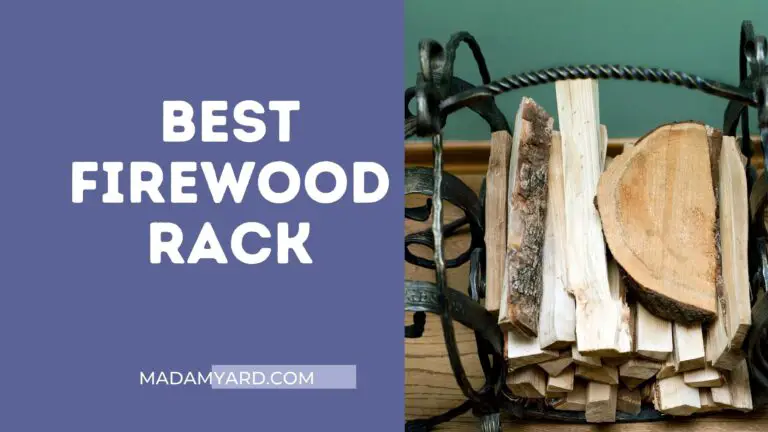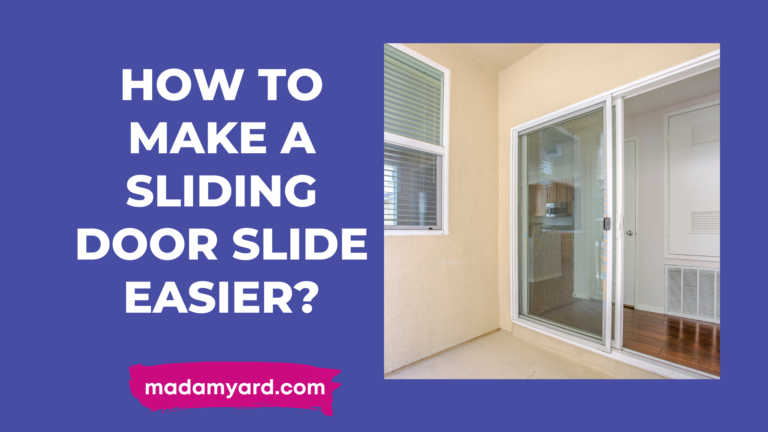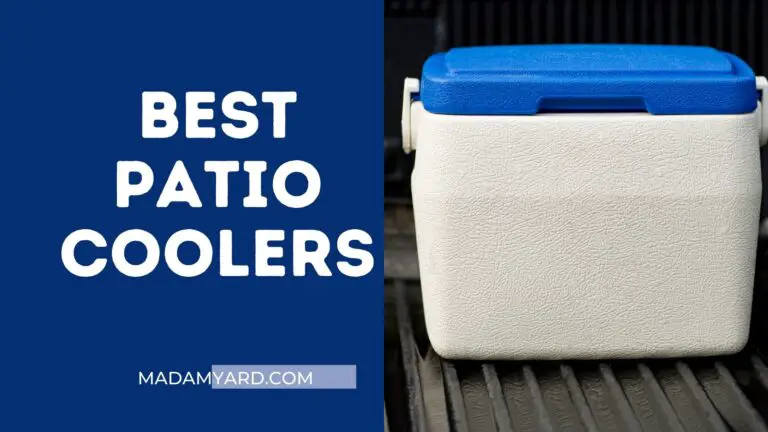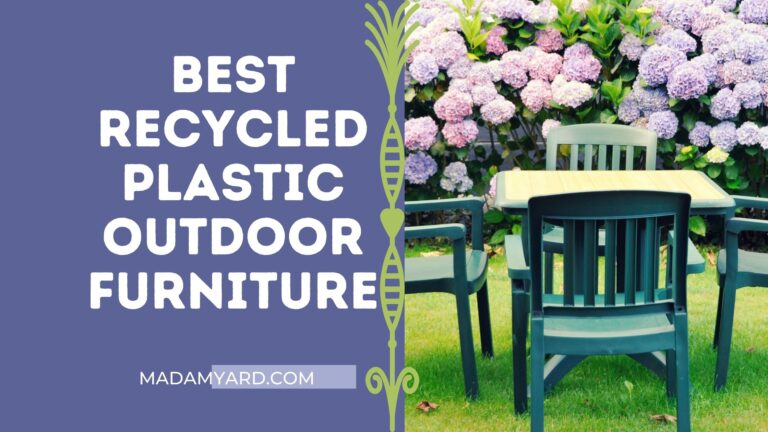Shade Sail vs. Canopy: Which is Good for Your Need?
When you’re looking for shade, the options can seem overwhelming. Do you go for a canopy or a shade sail? Shade sail vs. canopy: which is better for shade? Let’s take a closer look.
There are pros and cons to both types of shade, so it’s important to consider your specific needs before deciding.
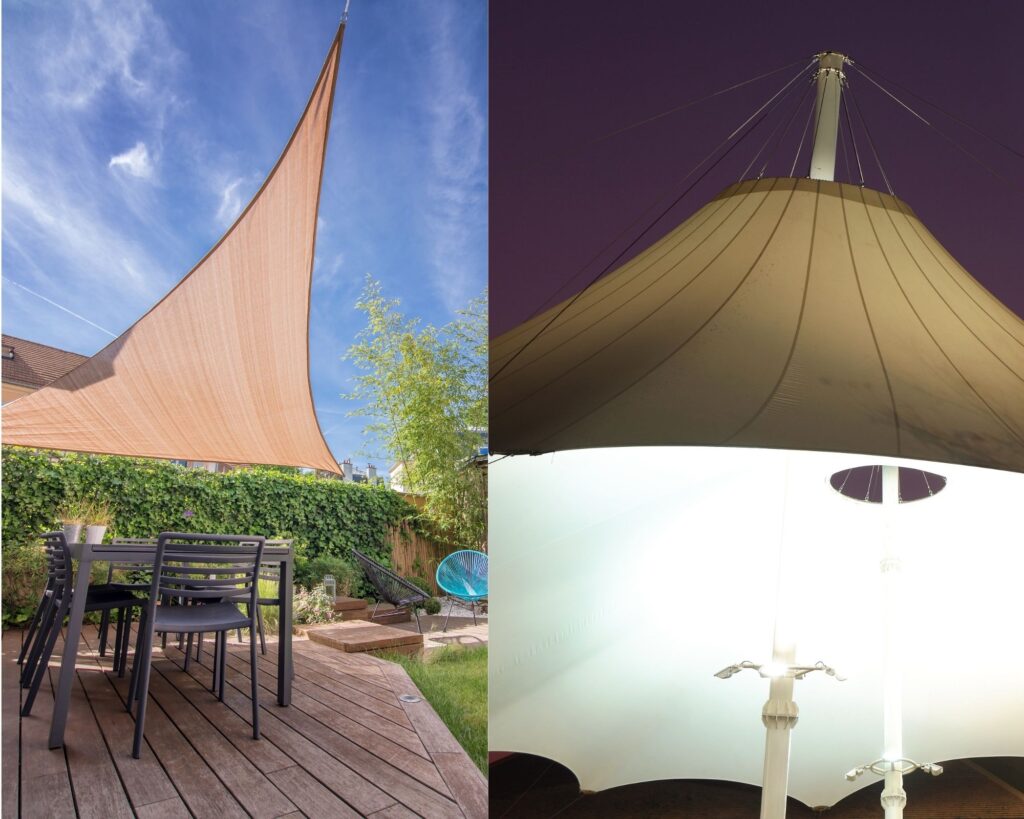
What is a shade sail?
A shade sail is a unique type of sail used to provide shade from the sun. Shade sails are triangular in shape and are made from a special kind of fabric designed to block the sun’s rays.
It can be attached to a house, tree, or other structure and can be used to create a shaded area for relaxing or working outdoors. Shade sails are becoming increasingly popular in the United States as more and more people become interested in finding ways to stay cool during the summer months.
What is a canopy?
A canopy is an overhead structure that provides partial or full shade. Canopies can be made from a variety of materials. Still, most are made from PVC or other waterproof materials to protect against the sun’s UV rays.
They are often used in commercial settings such as parks, playgrounds, and beaches. Still, they can also be used in residential neighborhoods to relieve the sun’s heat. Some canopies come with built-in lighting, making them perfect for use as outdoor living spaces.
Are shade sails worth it?
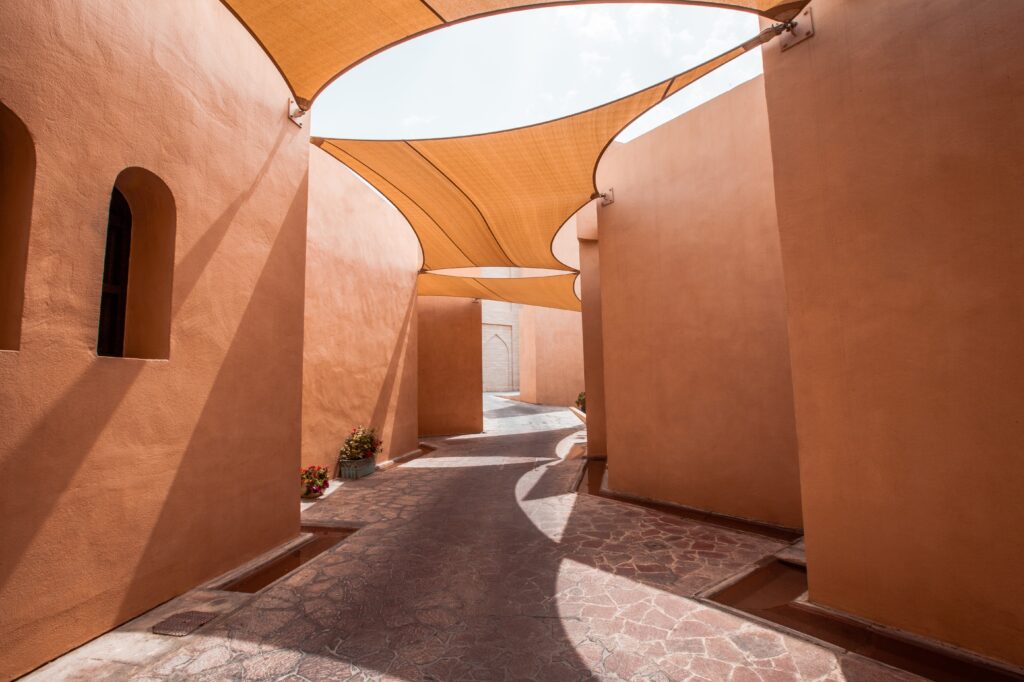
Shade sails have become a popular way to provide shade from the sun. They come in a variety of colors and can be attached to a house or yard in a number of ways. But are they worth the cost?
Shade sails made from high-density polyethylene (HDPE) can withstand wind up to 110 mph, making them a good option for areas that experience high winds. They are also treated with ultraviolet (UV) protectant, which helps keep the fabric from fading in the sun.
Before purchasing a shade sail, one thing to consider is the size of the space you want to cover. Shade sails are not very large, so you will need a fair amount of space to set one up properly.
Area to cover
Shade sails are generally smaller in size than canopies and are more portable. They are also cheaper to buy and maintain, making them a good option if you need shade occasionally or don’t have much space. Canopies, on the other hand, can be more spacious and offer more protection from the sun. They are more durable as well and can last for years.
Design and Style
Style is essential when it comes to designing an outdoor space. A canopy looks more like a pergola or gazebo. Meanwhile, a shade sail is a rectangle or triangle with ropes on the corners to hold it up. Shade sails come in various colors, and you can match them with the color of your home.
Ease of Installation
Shade sails are an increasingly popular way to provide shade from the sun. They are easy to install and can be used in various locations. Canopies are often quite heavy and require more than one person to install them. Some canopies also have anchoring systems that help keep them in place, but installation can still be tricky.
Durability
A shade sail is an excellent option for those looking for temporary shade. The shade sail typically lasts 5-10 years. On the other hand, a canopy is a better option for those who are looking for permanent shade. Canopies usually last 10-15 years.
Wrap Up: Shade Sail vs. canopy
Both shade sails and canopies are viable options for providing shade. Shade sails are generally less expensive and easier to install, but they offer less protection from the elements. Canopies are more costly and require more maintenance, but they provide excellent sun, wind, and rain protection. Ultimately, choosing between a shade sail and a canopy depends on the individual’s needs and preferences.
FAQs
Are shade sails easy to take down?
It depends on the type of shade sail you have. It is easy to untie the ropes and detach each pulley from its attachment point if it has pulley ropes. However, it is not as easy to take down if your shade sail has grommets or eyelets. You would need to loosen the screws that attach the grommets or eyelets to the ropes and pull the sail down.
Do shade sails keep the rain out?
Even though they are porous, shade sails offer some protection from the rain. For example, during a light summer shower, they would give adequate protection. Rain that falls heavily on the sail will dribble from the underside.
Is shade cloth the same as shade sail?
Final shade cloth is the same material as shade sails and can be used in the same applications.
Do shade sails hold up in the wind?
A shade sail that has been correctly installed and of high quality should be able to resist typical wind flow without failure. When you use shade sails, they should be in a tight structure and not move when the wind blows. Sails are typically constructed to withstand winds of 110 miles per hour.
Can you put a shade sail over a fire pit?
Shade sails should not be placed near heat sources, like grills and fire pits. You don’t want smoke from fires to build up under the sail or change its color.
How do I choose a sunshade sail?
If possible, choose a shade sail that is slightly smaller than the space you intend to cover with the shade sail. In windy weather, a smaller sail avoids the sail from flying around and inflicting structural damage to the connection points, which would otherwise occur. The shade sail should be pulled taut and stretched as far as feasible throughout the installation process.
Why do shade sails sag?
It doesn’t work well without wire rope around the perimeter of the sail. The stress at each attachment point is not evenly distributed through the sail, which causes stress at each corner to be more intense than the rest of the sail. There is a risk that the center will sag and the corners will tear.
Can I attach a shade sail to a tree?
Yes, you can attach a shade sail to a tree. Shade sails can be attached to trees in some ways: with screws, nails, or hooks. You can also use straps or ropes to secure the shade sail to the tree. Be sure to use a sturdy tree that can support the weight of the shade sail.


